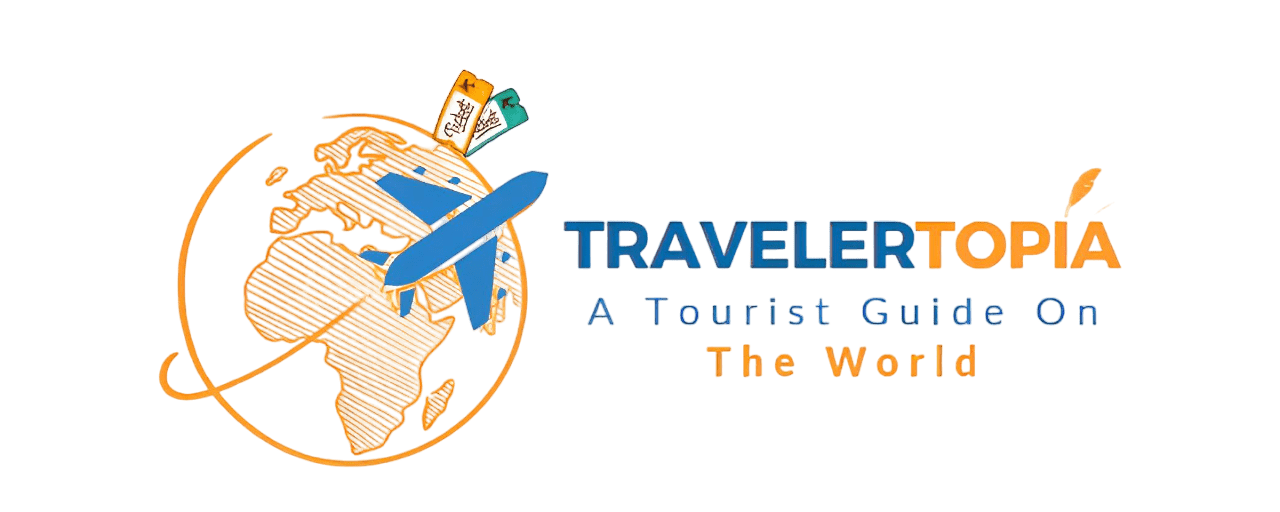In the age of modern technology and globalization, most people around the world are connected through the internet. Yet, despite this rapid advancement, there are still tribes on Earth that have no contact with the modern world. These tribes have managed to preserve their traditions and way of life for thousands of years, remaining untouched by the outside world. Their isolated existence continues to intrigue scientists, anthropologists, and adventurers alike. So, let’s open the doors to these unexplored worlds together. Here are The World’s Most Isolated Tribes that continue to uphold their traditions without any contact with modern civilization.
1. North Sentinel Island: One of the World’s Most Isolated Tribes
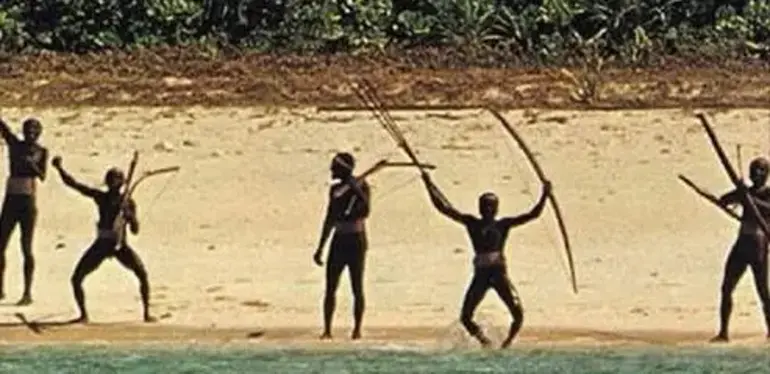
Located in the Andaman Islands, North Sentinel Island is perhaps the most well-known and isolated tribe in the world. The Sentinelese people have lived here for around 60,000 years, with virtually no contact with the outside world. Estimated to number between 50 and 150 individuals, the tribe’s few encounters with modern humans have almost always ended in violence.
In 2006, two fishermen who drifted ashore while asleep in their boat were brutally killed by the Sentinelese, who attacked them with arrows. This incident is one of the most well-documented examples of the tribe’s hostility toward outsiders. In 2018, an American missionary who attempted to make contact was also shot with arrows shortly after setting foot on the island. Although his death was officially recorded as a homicide, authorities declared it impossible to retrieve his body and confirmed that no legal action would be taken against the protected tribe.
The Indian government has made it illegal for anyone to approach North Sentinel Island, aiming to preserve the Sentinelese way of life and protect them from diseases to which they have no immunity. Isolated tribes like the Sentinelese are extremely vulnerable to illnesses from the modern world, which could potentially wipe them out.
2. The Yanomami Tribe: Life Deep in the Amazon
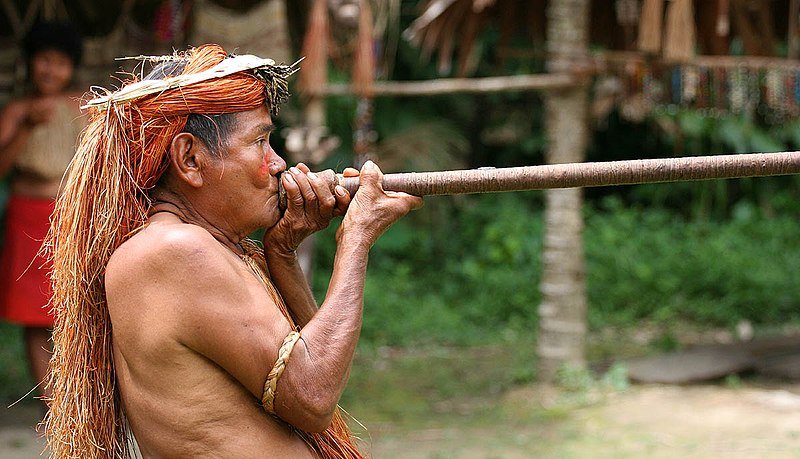
The Yanomami tribe, residing in the depths of the Amazon rainforest, spans both Brazil and Venezuela, with a population of approximately 35,000 people. For centuries, the Yanomami have thrived through hunting, gathering, and small-scale farming. Their way of life is intricately tied to the forest ecosystem, and they maintain limited contact with the outside world to preserve their culture and traditions.
One of the most fascinating and unique rituals practiced by the Yanomami is endocannibalism, in which the bones of deceased relatives are ceremonially consumed. This ritual is seen as a way for the spirit of the dead to unite with the community and symbolize the continuation of life. Additionally, shamanism plays a central role in Yanomami society. The spirit world is a fundamental part of their worldview, where every creature, rock, tree, and mountain is believed to have a spirit. These spirits can sometimes be malevolent, causing illness or misfortune to the Yanomami people.
Beyond their spiritual beliefs, the Yanomami have a strong commitment to equality among their people. The tribe values harmony and balance, both with the natural world and within their community, ensuring that resources are shared, and no individual holds too much power. Their unique lifestyle offers a deep connection with nature, showcasing how humans can live in mutual respect with their environment.
3. The Mashco-Piro Tribe: The Mysterious People of the Amazon
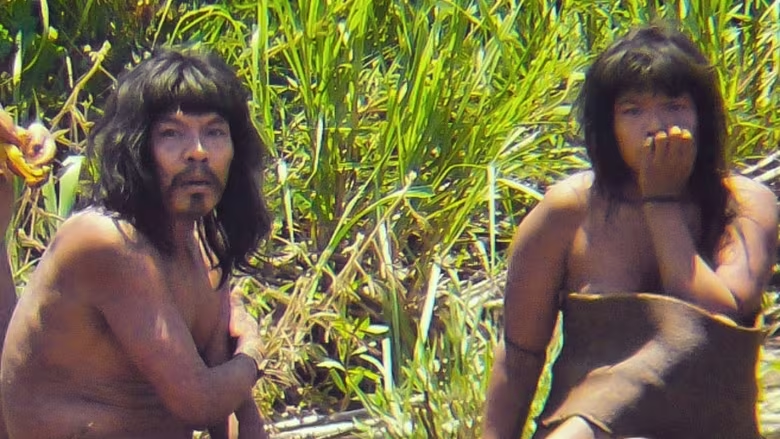
Living deep within the forests of Peru, the Mashco-Piro tribe is one of the most isolated groups in the Amazon, avoiding contact with the modern world for centuries. These people have long stayed hidden from civilization, but in recent years, they’ve drawn more attention from scientists and researchers. In 2011, several sightings of Mashco-Piro members in the Amazon rainforest brought global awareness to their existence, sparking interest in their mysterious way of life.
To protect the Mashco-Piro’s lifestyle, the Peruvian government has enforced strict laws prohibiting entry into areas where the tribe resides. Despite these protective measures, the tribe faces ongoing threats from deforestation and illegal poaching, which encroach on their land and resources. The Mashco-Piro continue to live independently from modern society, but efforts to safeguard their existence remain critical.
The Mashco-Piro’s isolation is not only a testament to their resilience but also highlights the delicate balance needed to protect such tribes from the dangers of the outside world while respecting their autonomy.
4. The Kawahiva Tribe: Brazil’s Elusive Nomadic Hunters
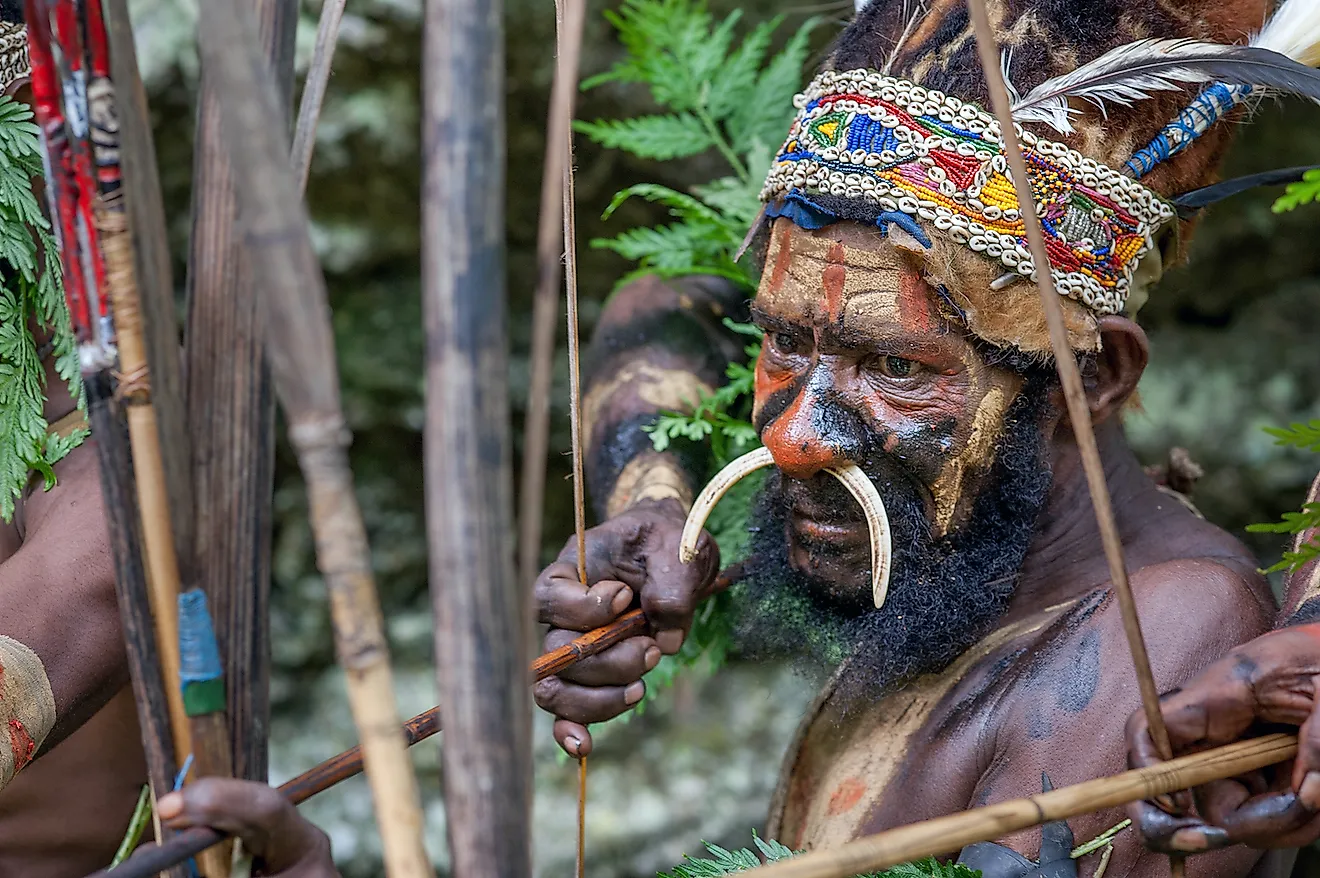
The Kawahiva tribe, a small hunter-gatherer group in Brazil’s Mato Grosso state, remains one of the most enigmatic indigenous communities. While their exact population is unknown, it is estimated to consist of just a few dozen people. The Kawahiva have lived in near-total isolation from the outside world, maintaining a nomadic lifestyle. Constantly on the move, they establish temporary camps and live in simple shelters known as “tapiris.”
The tribe relies on hunting in the dense Amazonian forest, fishing, and foraging for fruits, nuts, and other natural resources. Remarkably, the Kawahiva are known for their skill in constructing complex tree ladders, allowing them to gather food from challenging places, like beehives. Their deep understanding of the forest ecosystem enables them to survive independently while remaining hidden from modern society.
Despite their isolation, the Kawahiva face threats from illegal logging and land invasions, putting their existence at risk. Brazilian authorities and environmental groups are working to protect the tribe’s land, ensuring their way of life is preserved in the face of external pressures.
5. The Korowai Tribe: Life in Tree Houses
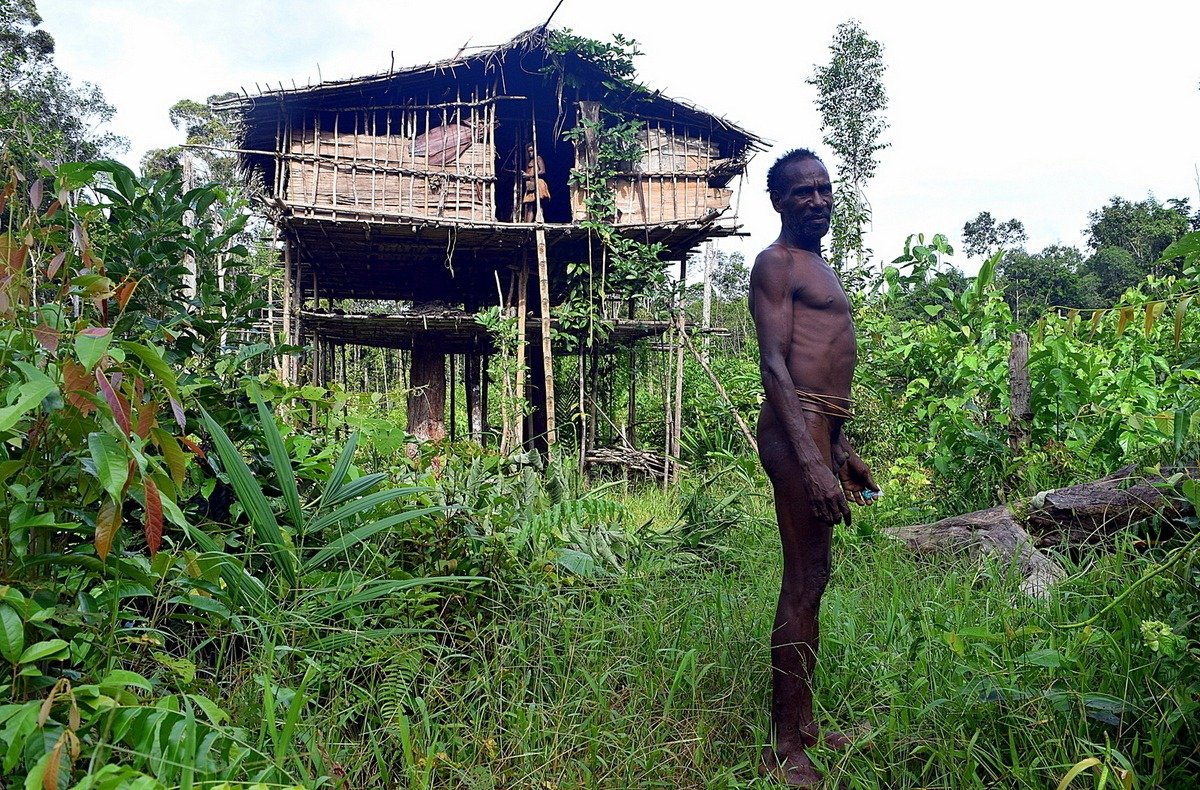
The Korowai tribe, located in the West Papua region of Papua New Guinea, is known for living in tree houses, a unique adaptation that sets them apart from other isolated tribes. They remained undiscovered by the scientific world for a long time, and when they made contact with the outside world in the 1970s, they were still using Stone Age technology.
The Korowai people build their homes atop towering trees, a lifestyle that provides protection from the dangers of the wild, such as predators and floods. Despite limited contact with the outside world, they continue to rely on hunting, fishing, and small-scale farming for their survival, preserving their traditional ways. The tribe also holds strong beliefs in witchcraft and black magic, where accusations can lead to serious consequences, including exile or even death within the community. The Korowai maintain their ancient customs, living a life far removed from modern civilization.
Why Is It Important to Protect Isolated Tribes?
Isolated tribes like the Korowai are considered rare examples of humanity’s various stages of development, representing snapshots of history preserved through time. However, these communities are extremely vulnerable to diseases from the outside world, as they lack immunity to illnesses that modern societies have long been exposed to. Contact with outsiders not only endangers their lives but also risks erasing their cultural heritage.
Protecting these tribes is crucial not only for their survival but also for maintaining the rich biological and cultural diversity of the planet. These tribes represent unique ecosystems and contribute to the broader understanding of human adaptation. Each isolated group, from the Sentinelese to the Yanomami, offers a glimpse into a world that holds valuable lessons about humanity’s past.
In Conclusion
Isolated tribes are communities that have chosen or been forced to remain disconnected from the modern world, continuing ancient lifestyles that date back thousands of years. They serve as reminders to modern societies of the secrets and wisdom of the natural world and human history. Protecting these communities from external threats and allowing them to preserve their cultural legacies is a responsibility that the modern world owes to them. From the Sentinelese to the Yanomami, these isolated tribes remain powerful symbols of human diversity and resilience.
